This article is part 2 of a two-part interview with the creators of the World War 1 themed first-person shooter multiplayer game, Verdun. To read part 1, please click on this link.
In this second and final part of our interview with the developers of Verdun, we further discuss the research that went into the project, and delve into the future of the game. Jos also talks about the ultimate purpose of the Verdun project.
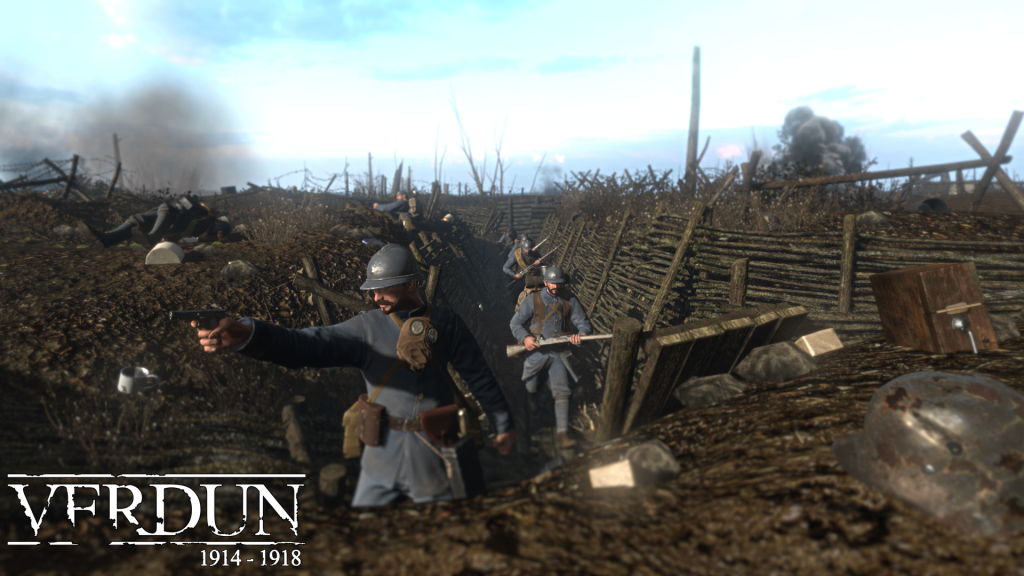
The Stuff of History
PtP: Going back to the historical research, I noticed in the game credits, you list two small and almost quirky museums of the Great War, Le Poilu Museum of Alkmaar, and the ’14-’18 museum in Romagne? Both museums seem to be the result of an individual collector’s labour of love, and a sense of affinity with the trench experience of the regular foot soldier on both sides of the conflict. Were these sources helpful in making the trench experience more authentic for you, when you were building the game? Is that stuff you were actively seeking out, the experience of the common soldier? Beyond looking for maps, and historically accurate data, were you looking for more experiential historical content?
Jos: Yeah, I know these people, especially the one in France, I know the guy who made the museum for a long time. A couple of weeks ago I was there again. His museum is very much focused on the individual soldier’s experience.
I think there is a limitation as to what we can do in a multiplayer environment, to the individual experience of the soldier, in terms of writing a letter of home and things like that, [details] which are really important. I recognize that we are limited in that regard. What we are able to do is to give an impression of how the fighting took place, and the senselessness of the conflict, especially the trench warfare gameplay we made, with the attack and counterattack, sort of has this futility. On a higher level, it’s like “look at what you’re doing, this is so senseless”. So I cannot honestly claim that we have the individual soldier’s experience, hands on, that wouldn’t be fair. But what we can show is this futility of the conflict, the senseless slaughter of the trench line, which is really horrible, which was very much a reality for these people. So I think that aspect, we did take from the museum.
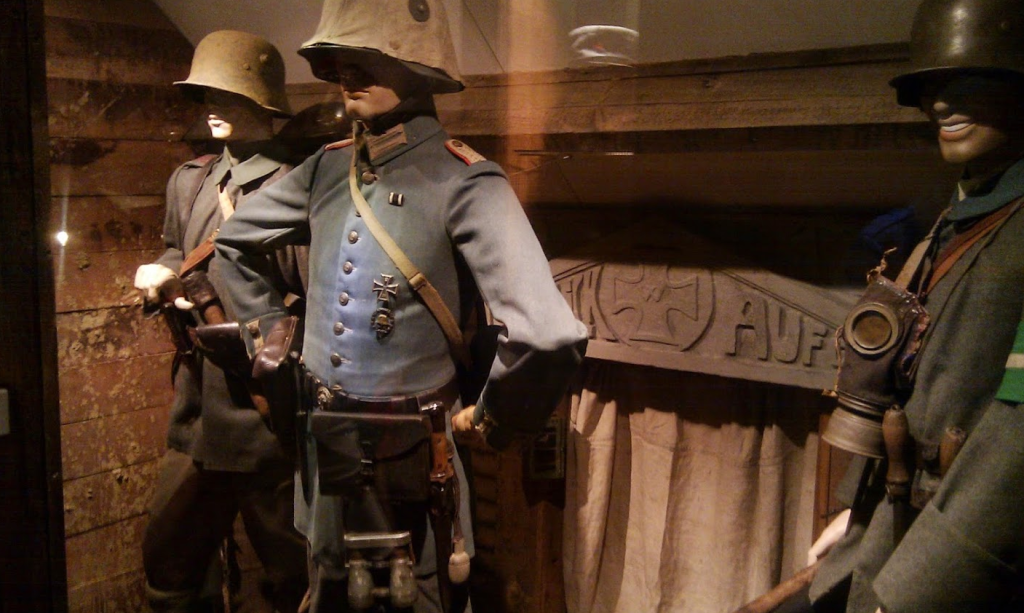
PtP: In a way, showing the futility adds another level of challenge for you guys, the developers: what makes people continue with the game? If you have a “hero with a cause” – like any classic World War 2 game, where the hero comes in, typically American, and infiltrates the enemy, etc. – you know, these same themes and narratives we get year after year. On the other hand, you’re blatantly showing futility, the game mode itself seems to clock it into the game, you go from offensive to defensive modes over the same piece of devastated real estate. So in effect, what keeps the player coming to Verdun the game? Is it the team-work, is it the fascination with the subject matter? What do you think about that?
Jos: I think it’s a combination of things. First of all, the historical scenarios. It’s alien to most people, and so it’s interesting because people don’t know about it. Secondly, you do get a lot of senseless slaughter – you die a lot when you play – but once you get across the no man’s land, and you manage to conquer this challenge, the satisfaction is that much greater. So people who do have this experience tend to really stick with the game, and play the game a long time. Whereas people who don’t get further than just over the top tend to be discouraged. And that’s one of the things we received as feedback when we went live: “ok, this is very awesome, but…”
And there’s limitations to the scenario as well, in terms of the player experience. So we hope to address this in future updates, when we extend the game to a broader scenario, in which we can allow for more freedom of gameplay. But I think, when you really get to experience, when the game is at its best, when you are charging, and it actually succeeds with you team, etc. When you really experience this, it’s really fun. And that’s what I get from reading reviews. We read pretty much everybody who writes about the game, or who plays it. And I think this is really a love it or hate it kind of scenario, there’s not much middle ground…
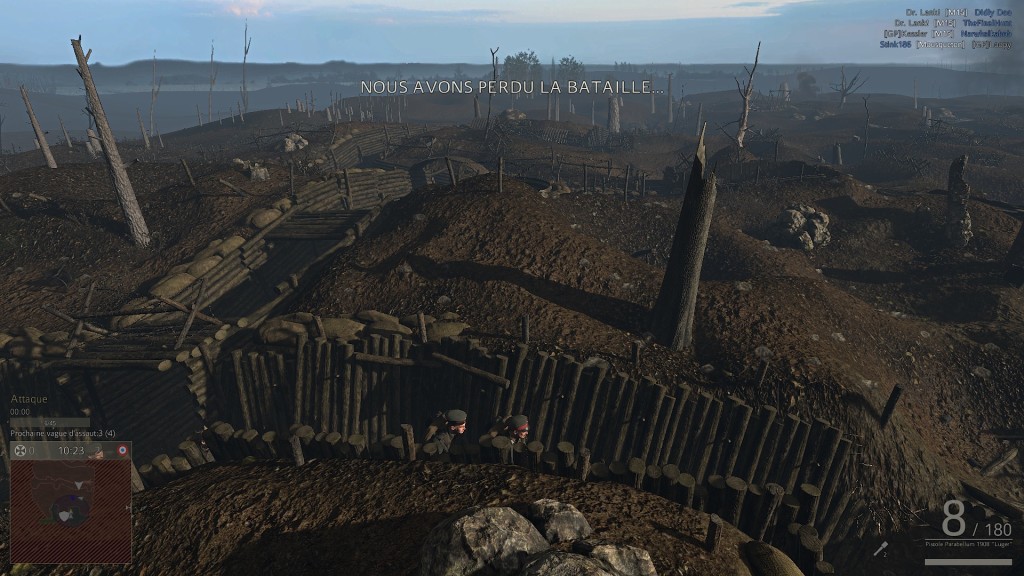
PtP: Perhaps you may not tap into a mass audience, and Verdun will remain a niche game. A select audience is going to love it, for the reasons you just mentioned. Unless you expand… You guys seem to have a roadmap, perhaps expand the game modes, put more narrative elements in the game. Talk to me about the things you have in plan for Verdun, at least in the foreseeable future.
Jos: Yes, we have the roadmap. I don’t want to say we have “deficiencies”, and shoot ourselves in the foot here, but we recognize that we have some cool things to add still. So aside from the factions that are still missing from the Western front, Americans and the Belgians, which are still coming – which will fit perfectly into the squad system – adding several other levels, including a fort level. We did a lot of research on Fort Douaumont, the big fortress, to make this entirely accurate. Which is another type of level, we generally have trench lines. This will be somewhat different, because you have a semi-indoor type of scenario. So that’s going to be added.
The other things is the game modes we want to add, the most important being sort of an AI bot mode. The trench warfare allows itself very well, it’s a good scenario for fighting off waves of enemies. You will be in the trench with your teammates, or alone even. So this will be a very interesting experience for players. This will open up an entirely new audience of people who like to play this type of single-player-esque scenario.
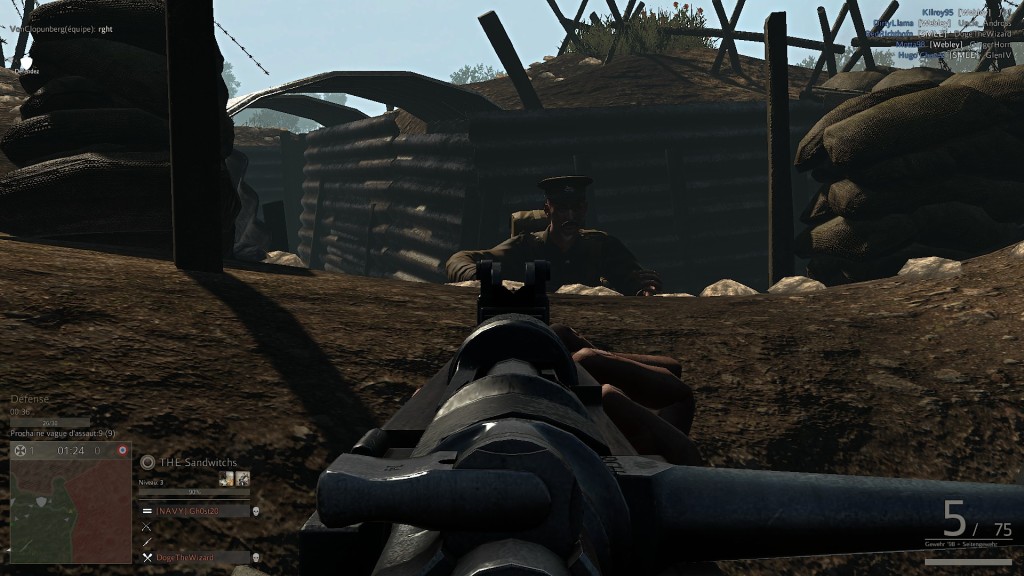
PtP: You also have a gore system overhaul planned, to enhance the realism of the game.
Jos: This has to do with the immersion of the game. Currently when you have the artillery fire, one is blown off, literally like a rag doll. But the gruesome reality was – and you can read all of those accounts, I read severe of them which are quite gruesome, especially against these big artillery pieces which they used back then – they had people blow up to bits, basically. We realize we have a responsibility to do justice by them, not just make it a a gory blood fest, but to realistically represent the experience, and the mutilations that people underwent, in sort of a subtle way, so that it does not dominate the entire scape of the game, we don’t want that. And that’s also how we went about the gore at this very moment, with the blood, it’s very subtle.
PtP: There’s a risk for it to become – in video games there’s often lots of blood and gore – there’s a risk of gore becoming a “spectacular” element of the game, where players get a thrill from this effect, which would perhaps detract from the intention that you have for the game, where you aim for a certain level of fidelity. You want to make the game as realistic and authentic as possible to the World War 1 experience. So gore is something you’re going to have to properly dose, as you implement this feature into the game, see how people react to it, and how to do it properly.
Jos: Yeah exactly, and this will probably also be an iterative process, first check it out, then improve upon it. But we don’t want to go over the top with this, we don’t want to go overboard, as you said, with lots of gore features, like being able to shoot people’s head off, that really wouldn’t do justice to the scenario.
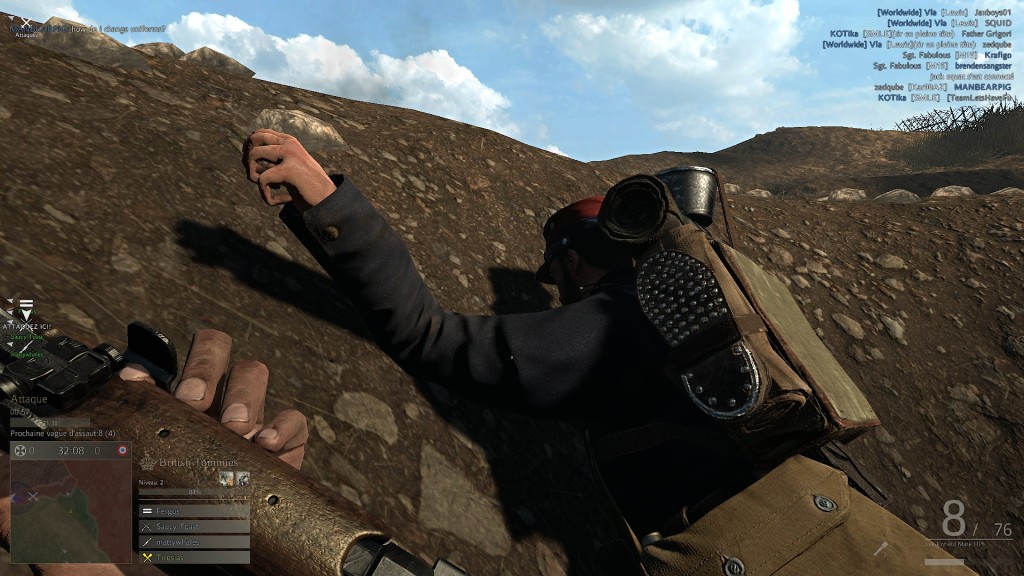
What Players Want
PtP: Now about the Verdun community. You shared a lot of World War 1 historical tidbits on your Facebook page. What was the response of the player base, how is the community involved in the historical discussion in the game? I noticed there’s a dedicated forum on Steam on the history component of the game, and people seem to comment a lot on the historical content, or on historical issues around the trench experience. So what was your approach with the community, when it comes to the history around the game?
Jos: I think people tend to generally very much appreciate that we put out these Facebook posts with [archival] images, and the research we put into the game. But in our experience there is also a community for which the game can never be realistic enough, and there’s always more… I kid you not, there was a guy – and our artist is very talented and also very interested in history – who mentioned that “he put the iron cross on the wrong button”! Because of one button, the entire game became unrealistic [laughs]. So you have to strike a balance between people who want the authenticity to levels which no longer make sense, and to make an enjoyable game for most people.
But generally, I think people are very enthusiastic about, how we go about and promote the history behind what we make. So for instance, we had the level of Flanders coming out. Weeks before that, we had several screen shots of this level and this scenario, and what happened there, and all these different aspects that we represented in the level – the bunker, the canals, the flat landscape – and we tried to portray this. And we did this for several other levels as well. And people tend to really appreciate this, that they know what they are playing. At least that’s what I get from it. I think we have a pretty large Facebook community.
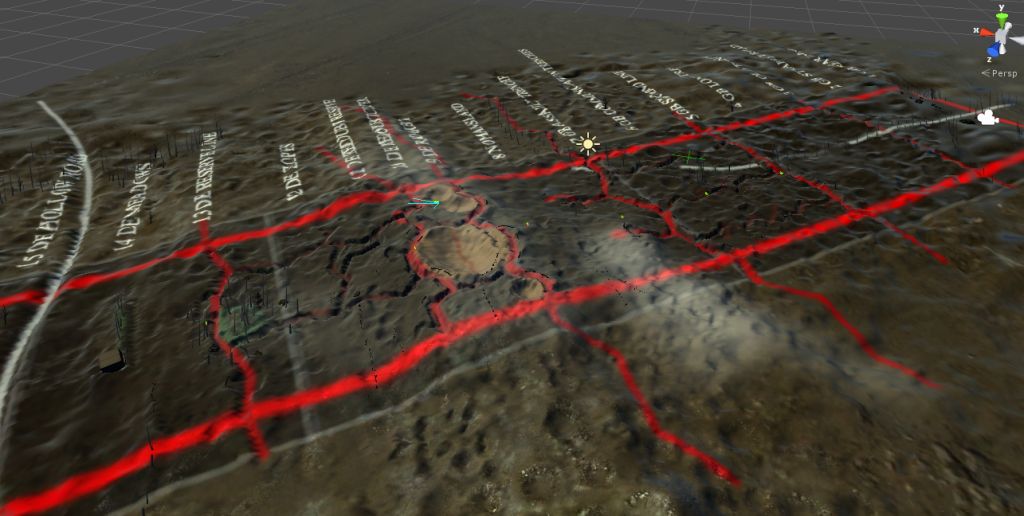
PtP: Now this is almost the Big Question for me, but why do you think realism is important – making a realistic shooter, even if its just a game – why do you think realism is important to telling the story of World War 1? Why is it important not just to have a toy soldier war game, in the old fashion way, but why is realism important for getting the message across for World War 1, in particular?
Jos: I think in our case, because there are no other titles, we had the responsibility to make it. I constantly get this, ever since the very beginning, that people expect this to be a realistic game. Because there are no other titles, so we can’t go and make it a total arcade game, because it wouldn’t be World War 1 anymore? I think they are sort of linked together, like you said, the trench scenarios… If we didn’t do that, it wouldn’t be World War 1, it would be World War 2, you would get a glittering Call of Duty, in the trenches… And people will say “Oh, this will just be Call of Duty, in the trenches”. We tried to avoid that as much as possible. So I think the realism aspect of the game is very much tied to the scenario it’s trying to represent, otherwise, it is not the scenario. The two go hand in hand. I think it would be really hard to make a casual game about the subject, because it was quite a gruesome conflict. And that sort of dictates the way you have go about it, otherwise you lose the connection with the thing you are trying to represent.
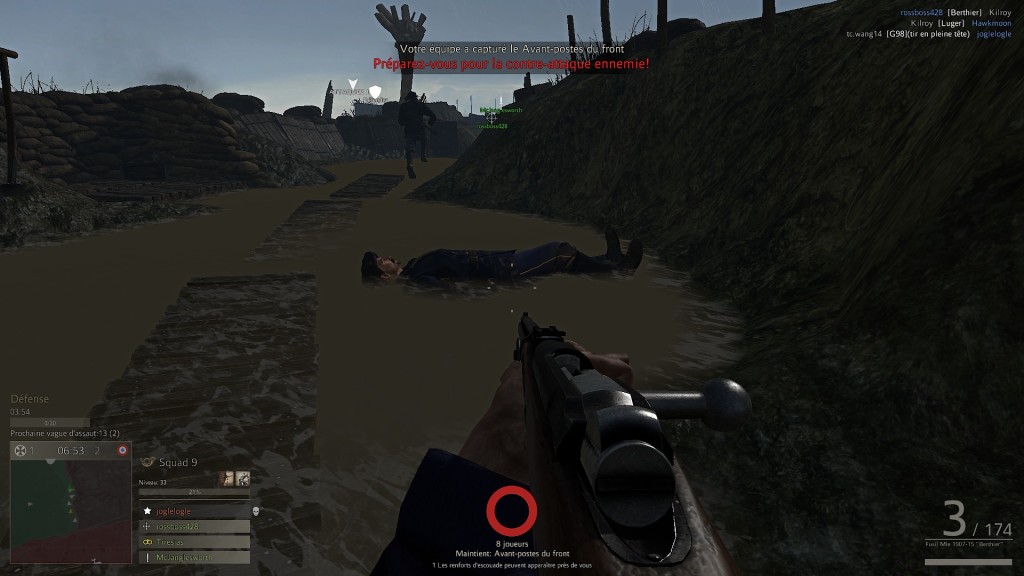
PtP: Aside from the factual research – museums, on location visits and documentary sources – were there also fictional sources – movies, books – that were an inspiration to you, in building the game?
Jos: Yeah, there were some movies. The Passchendaele movie, the scenario where they are laying in the mud. Everything [you see] you can take with a grain of salt, I referenced to you the Indiana Jones series earlier. Obviously you can see that they get things wrong, for example that gas mask was from World War 2, etc. You have to get an impression of a certain scenario. So in terms of fictional sources, those movies, those series I would point to. I can’t think of anything else right now, but I’m probably forgetting something big [laughs].
PtP: Have you heard of Tardi? I make strong links between him and what you guys are doing because we are at a moment where the fictional works are beginning to reflect a lot of the detailed factual research that has emerged over the course of decades. Realistic WW1 fiction nowadays is based on archival photos, a lot of on-site research, and WW1 archaeology, where collections of war artifacts are being assembled, compiled, to reconstruct the day to day existence of soldiers. And that’s one thing I noticed: when you launch into a Verdun match, your soldier is running around with all the gear, and the cumbersome noise it makes. Those little touches, I find, make the game that much more immersive…
Jos: Yeah, those little things, they add so much to [the game experience]. And I think over time, more of these little things will be added. They take a little effort to put into the game, but they add so much to the overall experience.
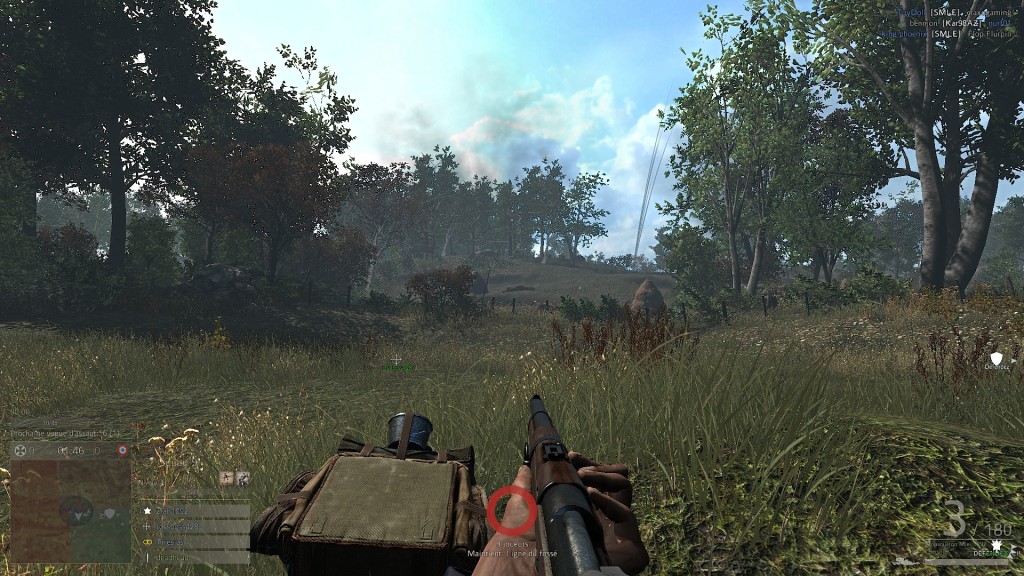
Lest We Forget…
PtP: As we bring this interview to a close, I’d like to get your thoughts on a topic that’s often brought up in video game criticism circles: traditionally, video games have made war fun. But it seems also that the culture of video games is maturing. Do you think ‘fun’ is the biggest take-away players get from Verdun, or are you pushing for deeper lasting impressions? What’s the emotional core that you want to be leaving with players, or that you have already succeeded in leaving with them?
Jos: Well, like I said earlier, this feeling of the senselessness of the conflict. But first of all, the biggest thing that I want to get out of the game, is being immersed into the scenario. I think that’s the fun of playing a game, any game, is that you’re pretty much immersed into the world you’re playing. That, for me, is fun. Second, the senselessness of the conflict, that you get this picture of one soldier being part of a much bigger event going on, and I think that’s the core of what we are trying to represent with Verdun, like you’re being part of the history. It’s not trying to glorify any of its violence, in a way that the player is a hero.
PtP: So you’re staying with the experience of the infantry soldier of WW1, with limitations, of course: you’re not representing the boredom and the waiting in the trenches…
Jos: Yeah, exactly, that would be totally realistic scenario, or experience. And the same could be said of any game, or any first person shooter, like Call of Duty. People say “you want to glorify violence, or war”. I think, we’re trying to give a more bare-bones experience: this is how these conflicts were fought, these are the weapons they used, when there was fighting going on this is sort of how it went about. And not bring a moral into it. Such [questions] are better with a single-player scenario, in which you have to make moral choices. I think what we tried to do in the multiplayer version, I think we succeeded in giving the impression of the war.
PtP: Any final thoughts?
Jos: There’s something we constantly like to say when we’re promoting the game: we put a lot of effort into the research. You don’t really see it, it’s like an iceberg, you only see the tip of it: what finally come on the screen. The research hat went behind it, to make those features [of the game], to make the weapon accurate, people may be assuming or not assuming it. But I want people to assume that if they handle a weapon, that it’s accurate. We put a lot of time and research into making it as accurate as possible.
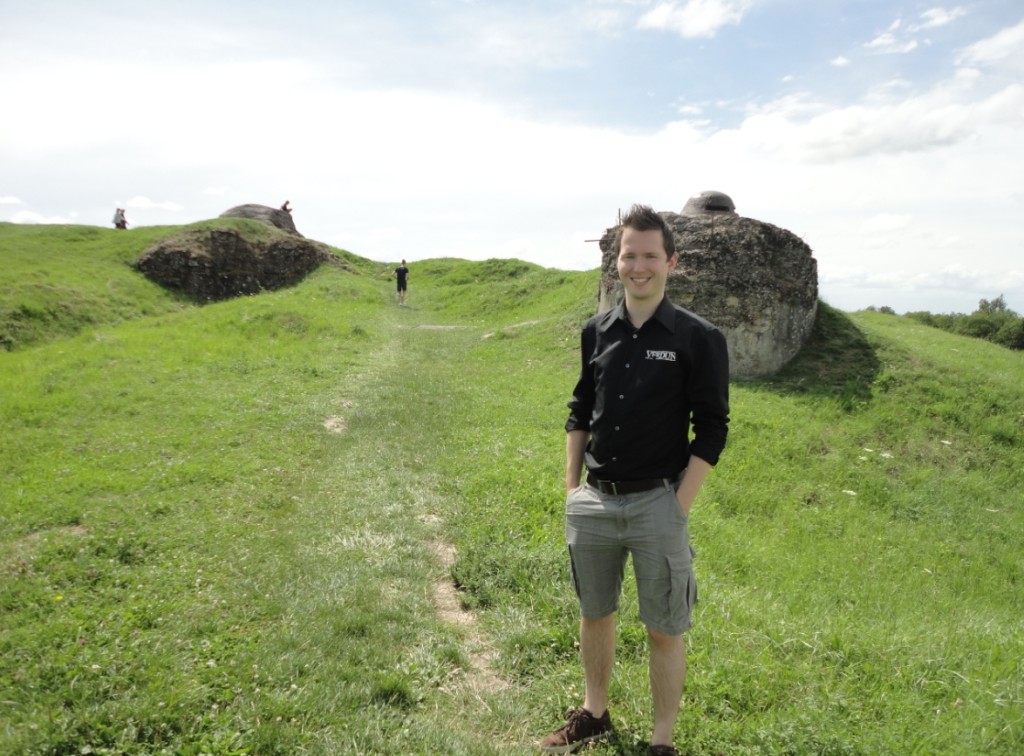
PtP: weapon design, sound design, a lot of research went into what is the “bare bones” experience of the game…
Jos: Yeah, and the uniforms, too. And especially my pet project, the levels. We went and visited the different regions, and took as many aspects as possible. Iconic elements from each region, we put them into one scenario. We put a lot of effort into that. I don’t want people to think that we decided to make a shooter game, and we randomly picked World War 1. It was more like the other way around.
PtP: In the end, would you say the your viewpoint of World War 1 has changed a lot, as a result of making Verdun?
Jos: Yeah, I think so. Though I’ve been working on this for some long, I don’t even remember when I started. [laughs], I think when I started I had a more romantic view of the war, like you see in Band of Brothers, maybe, or the other Call of Duty’s. It evolved into a more serious… it’s hard to put into words, a more “horror-esque” angle to it. It was a gruesome conflict, really unpleasant for the people who were fighting. I think that surfaced more as you get to know more of the materials, the statistics…
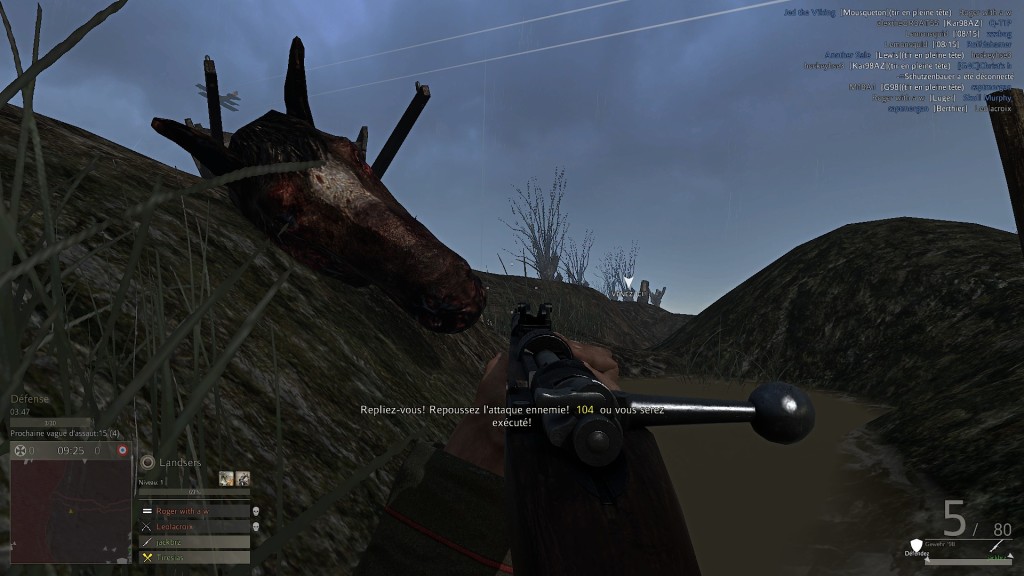
PtP: the hero tends to disappear…
Jos: Yeah, what they are trying to do of course, with the stories being told, stories like The Lost Battalion, Sergeant York, etc. especially those kinds of scenarios where they try to convince you that there is some kind of a hero. All that sort of went into the background, and the story of the common soldier came more forward. Especially reading about the events around Fort Douaumont. You can’t even imagine what happened there. Walking on the battlefield, I can’t even imagine that happening here. It’s like a peaceful forest in France, a really green, lush environment. It’s completely horrific. Hundreds of thousands of people were murdered in those square meters, it’s just inconceivable. That really changed me, knowing more about the subject.
Last thing I want to add is that, one of the driving factors making the game was making sure that it’s not forgotten. We’re trying to recollect something to make sure that all these people who fell, are at least not forgotten. If anything that should be achieved by making this game, it’s that.
(image credits: unless stated otherwise, the images that appear in this article are screen captures from the author’s Verdun play sessions. Special thanks to Blackmill Games/M2H Game Studio for the additional support visuals.)

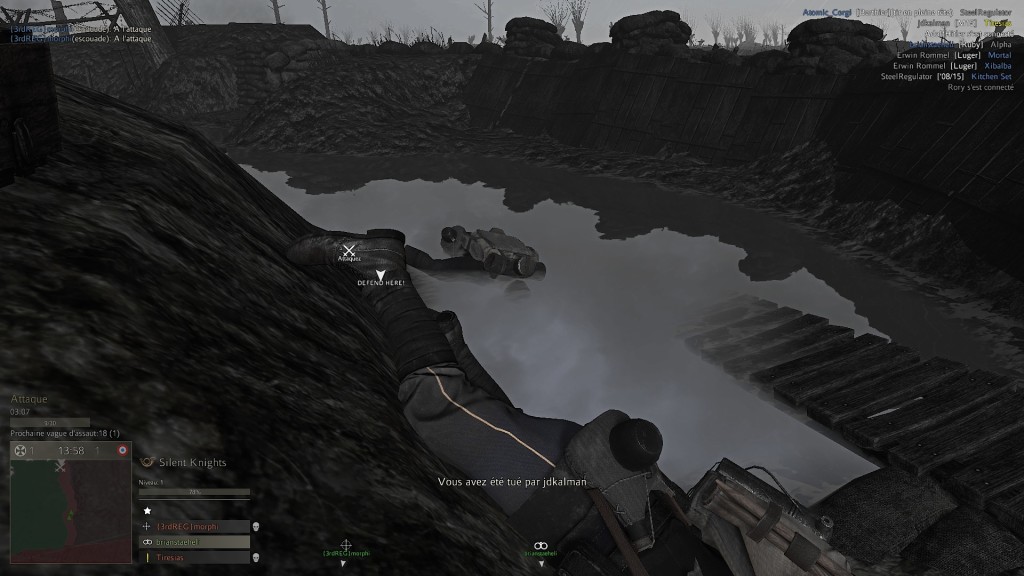
This looks a really great game. I am a little puzzled, however by one of your aims. You want to emphasise the senselessness and futility of the conflict. I have not seen very much evidence to suggest that the soldiers fighting the war felt that it was any more senseless than any other. Nearly all armies had bad moments, France in 1917, Germany in 1918 etc but the fact that they fought for over four years suggests that their underlying morale was mostly very high. The fighting in Normandy, Russia and Italy in WW2 was just as gruelling and created similar morale problems for those involved. Ditto Vietnam. So I would suggest – just concentrate on doing a really good game about the soldier experience and fighting in WW1 without placing on overlaying of ‘senselessness’ which did not really appear until the 1930’s.
Andy Grainger